Biodiversity or biological diversity is the living fabric of our planet that adds colour to the world for us to soothe our eyes with. It is the cornerstone of the stability of worldwide ecosystems that makes survival possible, protecting us from disasters, regulating climate, and providing us with every little thing we can think of.
The United Nations Foundation defines biodiversity as the variability among living organisms from all sources including, inter alia, terrestrial, marine, and other aquatic ecosystems and the ecological complexes of which they are part.
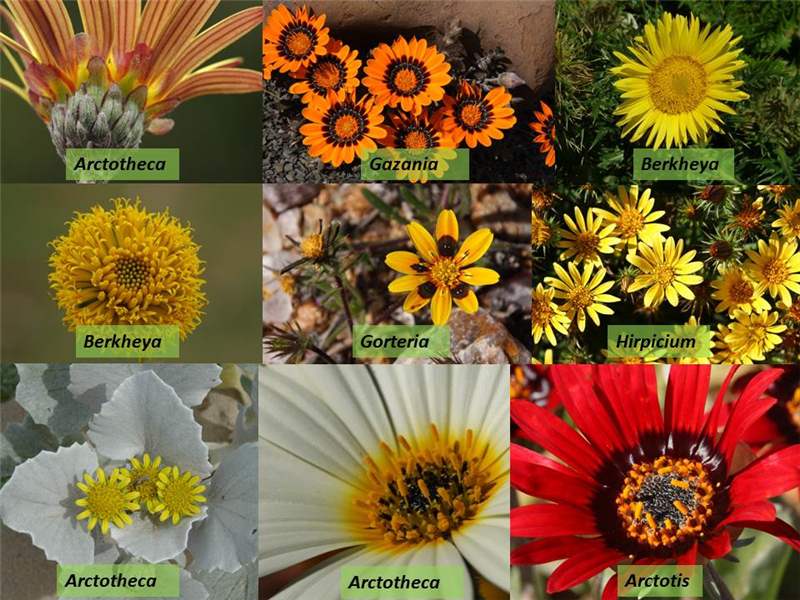
From microscopic fungi to humans and to vast rainforests, “Biodiversity” simply is the variety of life on Earth in all forms. As a whole, it embodies the evolution that has taken place over 4.7 billion years, with numerous cascades of extinction and speciation bringing it to the present state which is again evolving with each tick of the clock.
Earth’s many ecosystems and living processes all rely on one another, entangled in a fascinating yet complicated mesh most of which still remains a mystery. For example, sea kelps that grow into massive underwater forests several meters long, provide sustenance and shelter for many marine species and in turn serve as staple food for orcas. Kelps also absorb excess carbon dioxide, which can help mitigate climate change. These are only the identified processes. How about those that take place hidden from the scientific eye?

Thus, on a simpler note, Biodiversity is not yet fully identified!
However, our current understanding should be more than sufficient to take necessary actions against the pathetic loss of global biodiversity. Our planet’s biodiversity is on the threshold and extinction has increased at unprecedented rates surpassing the rate of speciation. Who is the culprit other than humans!? It is the way humans consume, produce, travel, and simply “How we live and lived”.
According to sources, the extinction rates of species over the past century were about 100 times higher than the figures, that would have taken place if the anthropogenic influences were not there. Having all the future dilemmas predicted, the first and foremost thing that requires our attention is that the future of the planet and the survival of its inhabitants depend directly on the fate of biodiversity.
For conservation needs, measurements have to be taken into account.
Measuring Biodiversity
The process is not as simple as it sounds. The scientific community measures biological diversity within the species, in between species and ecosystems. Species diversity is obviously the simplest, which is a measure of species richness. But this does not include the relative abundance of each species or its value to the ecosystem. Several diversity indices are used in this regard.
Why is Species Diversity crucial?

In a healthy, well-functioning ecosystem, the diversity and balance of a number of species is important in maintaining ecosystem stability making it more sustainable and productive. It also ensures the resilience of ecosystems and landscapes to the threats of climate change and threats from weeds and pest attacks.
Genetic Diversity as an Element of Biodiversity
It is the characteristics of a species’ genetic makeup. As species diversity, genetic diversity is equally important as it ensures resilience to adapt and change according to the stressors on a more individual level. Having genetically diverse individuals within a particular population ensures that the species do not get wiped out by an external influence such as an epidemic or a natural disaster resulting in the complete perishing of that species from Earth.
Genetic diversity supports agriculture by building resilience and protecting against environmental stresses such as pests, crop diseases, and natural disasters. This provides a source of income and safeguards the food security of much of the world’s poverty struck regions.

a) Lesser Sri Lanka Flameback, b) Black-rumped Flameback, c) orange-backed woodpecker, d) golden-backed woodpecker with orange/reddish mantle.
Ecosystem Diversity should not be forgotten!
It provides an idea of how many different ecosystems exist within a geographical area or a wider landscape. The greater the number of ecosystems in a landscape, the more resilient that landscape is, and therefore more productive towards its inhabitants. For instance, wetlands contain over 40% of the value of the world’s ecosystems; peatlands store 1/3 of Earth’s soil carbon. Further, the tropical forests scattered all around the globe apart from the poles play a major role in defending against climate change.
Biodiversity Hotspots
These are landscapes with exceptionally high concentrations of species that are deeply threatened with extinction. Paying attention to these is also important in proceeding towards conservation as species are the building blocks of Earth’s supporting systems. Species are not evenly distributed throughout the planet. Certain geographical areas have a high percentage of endemism which is not found in other areas. Many such areas are highly threatened by human activities such as development schemes, deforestation, and habitat loss.
Need for Biodiversity for Life

Apart from what is notorious, biodiversity also holds significance in roles not yet recognized, such as new medicines vaccines, and other possible services that still have not caught the attention of seeking humans but will be discovered one day with the light of new knowledge.
Highly diverse, healthy, and functional ecosystems play a pivotal role in sustaining livelihoods by providing necessities such as food, water, energy, and carbon sequestration; known as Ecosystem Services.
The UN considers biodiversity our strongest natural defense against climate change. Land and ocean ecosystems currently absorb 60% of human-caused emissions, and they are the planet’s only way of storing massive amounts of carbon dioxide. Coastal wetlands, for example, protect against storm surges and flooding during extreme weather while also storing carbon dioxide and creating oxygen.
Threats to Biodiversity
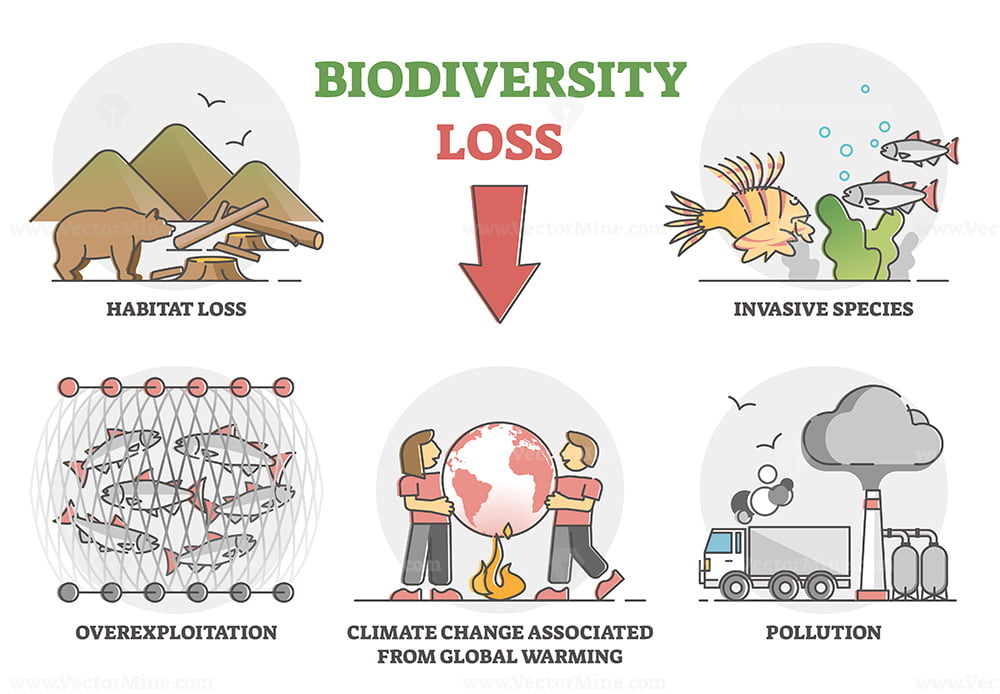
According to the Intergovernmental Science-Policy Platform on Biodiversity and Ecosystem Services (IPBES), five direct drivers of biodiversity loss are defined: changes in land and sea use, overexploitation, climate change, pollution, and invasive species. Along with these, the demand for natural resources also increases. Arguably, humans have predominated all natural processes and tried in several ways to take nature under their ruling hands for the last few decades. Rapid ecosystem change and tremendous losses of biodiversity have taken place across the world which still take place at unimaginable rates.

All things considered, it is evident that climate change results in biodiversity loss, and biodiversity loss in turn causes climate change to varying extents. As ecosystems get destroyed and degraded, more and more Carbon dioxide gets released into the atmosphere. As global temperatures rise with global warming, wildfires increase, and ocean acidification takes place threatening and destroying the quality of biodiversity in those habitats.
Can we imagine a world of lesser biodiversity?
Lesser biodiversity undoubtedly means lesser stability. The Scientific world has already alarmed the world that the spread and origin of infectious diseases would increase with decreasing biodiversity in the near future. Though extinction has always been there throughout the past that makes room for new species to establish, the complete and sudden vanishing of species due to human activities cannot be accepted. These extinctions would upset the natural balance as the complex linkages that stabilize the ecosystems will then be disturbed.
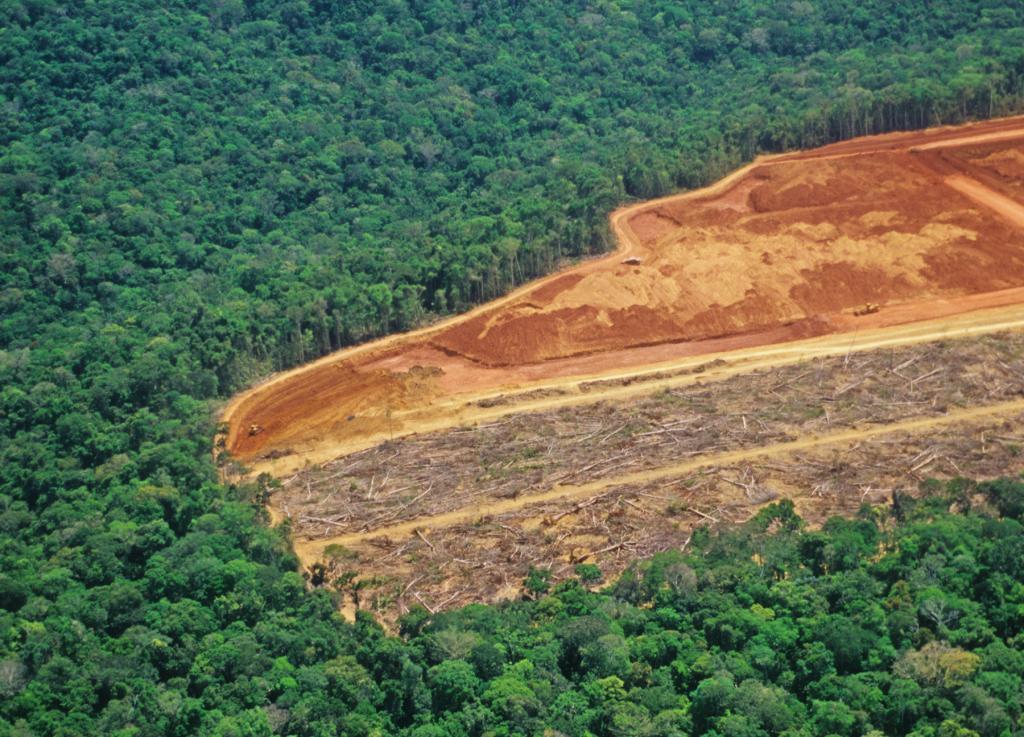
Reduced biodiversity will result in a food crisis where food crops will be more vulnerable to pest attacks and diseases. Changes in ecosystem services would affect livelihoods, human migrations, and sources of income and may also increase wars and riots between nations competing for limited resources.
As habitats get destroyed, conflicts between humans and wild animals will increase leading to pathetic consequences which will get out of hand one day if the prevailing rates of biodiversity loss continue.
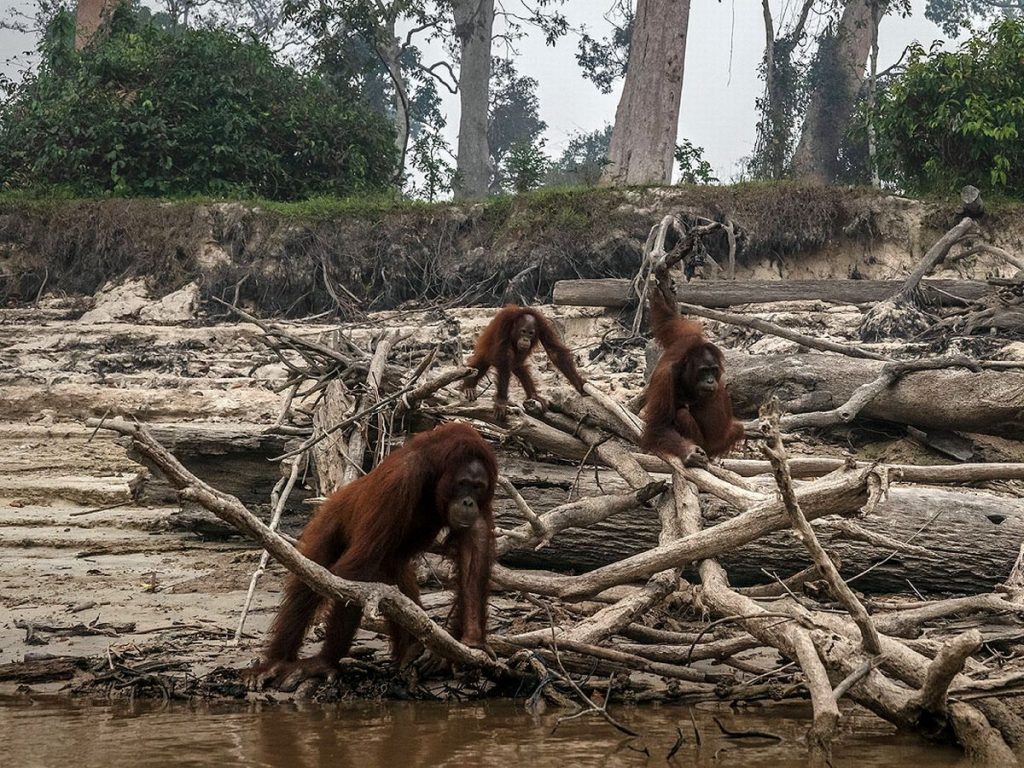
On the other hand, biodiversity acts as a barrier between human and animal-borne diseases. Roughly 75% of emerging diseases are zoonotic. Such diseases will transmit more to humans from animal vectors and thereby human health and safety will considerably deteriorate.
BIODIVERSITY ON LAND DEPENDS ON BIODIVERSITY IN WATER!

When it comes to conservation land and water cannot be considered as two different areas. Life is interconnected in many more ways than we assume it to be! Maintaining the ocean’s ecological balance is crucial for protecting biodiversity on land, as well as maintaining our ability to feed future generations. The ocean plays a vital role in regulating the planet’s weather and water and the air we breathe. It is also the planet’s largest source of protein, feeding more than 3 billion people every day who rely on fish as a staple food. Thus, diversity and productivity on land are dependent on those of the ocean and other waters. Unsustainable fishing practices, pollution, climate change, and habitat destruction are threatening creatures that may vanish before we even knew they existed.
Here’s the GOOD THING!
Nothing regarding life will get so bad as long as humans are sensible. The good news is that it is within our power to change our own conduct to help ensure the survival of species and the healthy functioning of ecological systems. By understanding threats to biodiversity, and how they play out in context, we can be best prepared to manage conservation challenges for our own sake.
How can we protect biodiversity?

Humanity’s ecological footprint is found to be 70 percent larger than the planet can sustain – and in the world’s richest countries, that figure is as much as four or five times larger. Given the figures, can we imagine the harm we have been doing to the smooth functioning of nature?!
The developed nations can contribute more towards the one common goal by doing their part to preserve biodiversity by following more sustainable procedures in their day-to-day activities. Reducing air travel, buying and promoting organic, reducing deforestation, and promoting reforestation can be some important steps to begin with. Protection only is not enough. Conservation is also needed through restoration, reintroduction, and the control of invasive species that potentially damage biodiversity.
After all, we might not be able to prevent all that should be prevented but at least as individuals, we will be set free from our own consciences by doing our part towards nature. Thus, while celebrating the International Day for Biological Diversity with correct knowledge and passion towards biodiversity, let us work together to save our Earth’s ecosystems that are currently going down the hill due to our own misconduct so that when we leave one day, our souls will be free of guilt.
Written By:
Ruwangi Amarasooriya,
2nd Year Undergraduate,
Biological Science Stream,
Faculty of Science,
University of Colombo.
References:
- What Are Biodiversity Hotspots? (n.d.). https://www.conservation.org/priorities/biodiversity-hotspots
- What is Biodiversity? Why Is It Important? | AMNH. (n.d.). American Museum of Natural History. https://www.amnh.org/research/center-for-biodiversity-conservation/what-is-biodiversity
- World Health Organization: WHO. (2015). Biodiversity and Health. www.who.int. https://www.who.int/news-room/fact-sheets/detail/biodiversity-and-health
- Biodiversity Explained: Facts, Myths, and the Race to Protect It. (2023, May 1). unfoundation.org. https://unfoundation.org/blog/post/biodiversity-explained-facts-myths-and-the-race-to-protect-it/?gclid=CjwKCAjw36GjBhAkEiwAKwIWyZpkHuxNue_g_A87Cpm-ysleCBX0veGGkbpSkvT7odrUyIlSLzqSZhoC54AQAvD_BwE
Image Courtesy:
- Title Image: https://biturl.top/I3yaAn
- 1st Content Image: https://bit.ly/3BNi5cS
- 2nd Content Image: https://s.si.edu/3BOvhOR
- 3rd Content Image: https://bit.ly/3Iv69R1
- 4th Content Image: https://biturl.top/ieAziy
- 5th Content Image: https://bit.ly/425aGRa
- 6th Content Image: https://biturl.top/7RnMVr
- 7th Content Image: https://biturl.top/BZBJZn
- 8th Content Image: https://bit.ly/3IxQzEe
- 9th Content Image: https://bit.ly/3OpJqcN
- 10th Content Image: https://biturl.top/2i226b
- 11th Content Image: https://biturl.top/yqe6n2
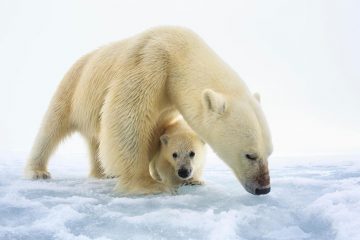
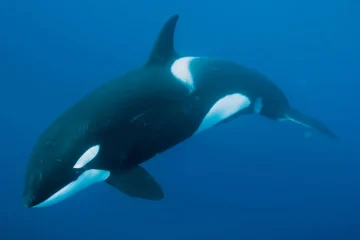
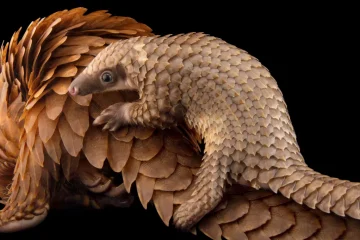
0 Comments